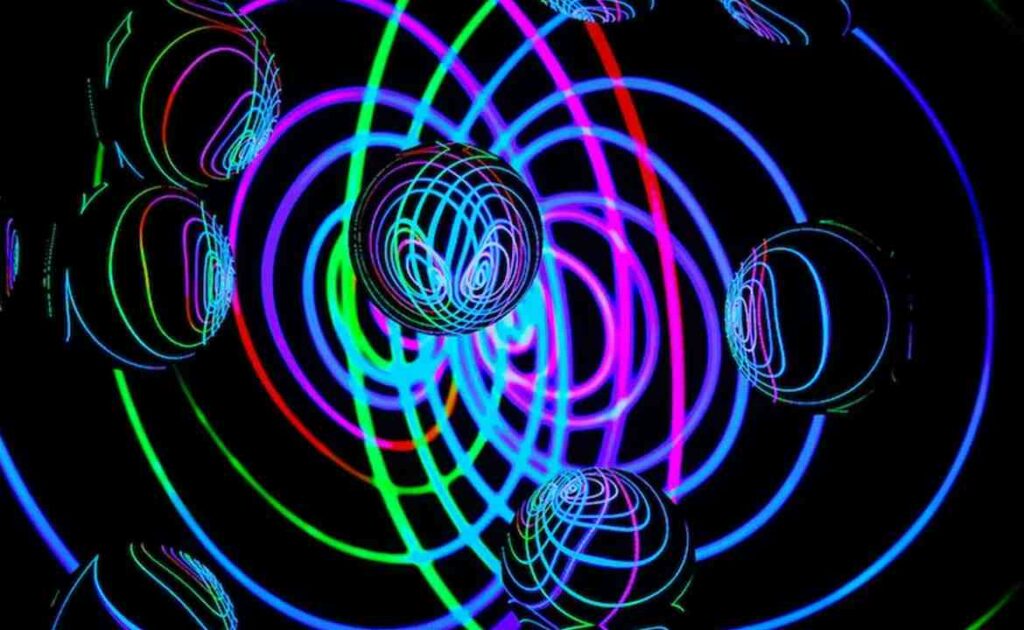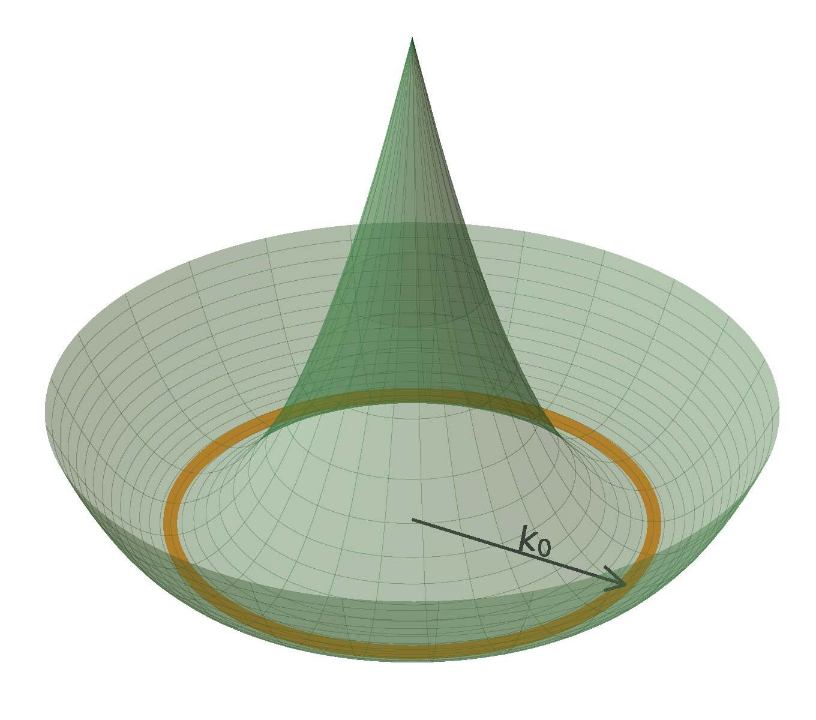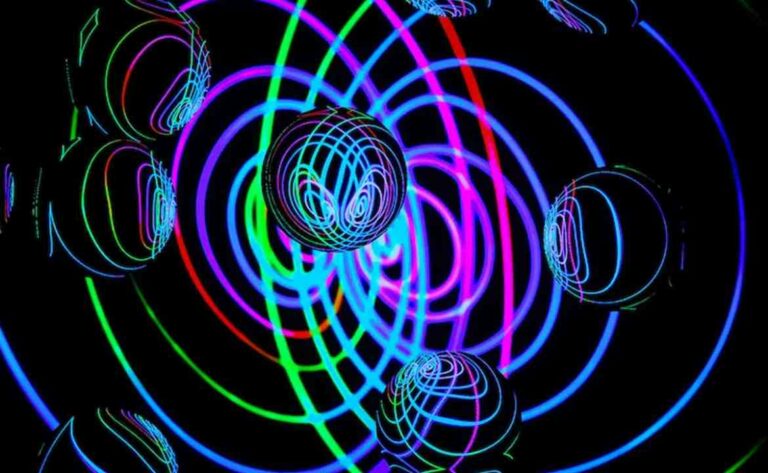Scientists have discovered a previously unknown state of matter concealed within the realm of quantum physics.
In a recent publication in Nature, a new phase of matter has been announced by a group of physicists. Described as the ‘chiral Bose-liquid state’, this discovery is a major breakthough in efforts to understand the fascinating properties of the physical world.

In typical conditions, matter exists in one of three states: in its three states: solid, liquid or gaseous form. However, if one tries to going further into those territories which are just beyond the daily working environment, for example, close to absolute zero temperature, beyond atomic size, or super-low energy conditions, the properties of materials change drastically. In these conditions, the matter forms quantum states, and shows a far greater complexity than the states observed in the everyday phenomenology, as pointed Sedrakyan.
Sedrakyan is particularly interested in these exotic quantum states and has spent a lot of time studying them, with a particular emphasis on the topic of “band degeneracy,” “moat bands,” and “kinetic frustration” in strongly interacting quantum systems.

Usually, the particles they interact in any system collide with one another and this has the resultant effects as the billiard balls where they collide and then again respond in the manner expected. In other words, the effects are in harmony with the particles. However, in the context of a frustrated quantum system, there are an infinite number of configurations resulting from the particle interactions: maybe the billiard ball hovers or moves at an angle that would be impossible according to the deterministic laws of physics, and some of these possibilities can result in new quantum states.
What Sedrakyan and his colleagues have done is to engineer a frustration machine: a bilayer semiconducting device. The outer layer is positively charged since it contains more electrons than protons, and these electrons can be displaced. The bottom layer is full of “holes,” or where any electron that is passing by may go on to reside. The two layers are then brought as close as possible to each other—interatomic, that is.
If the density of the electrons in the top layer and the density of the holes in the bottom layer were equivalent, you would expect the particles to behave in a coordinated manner, but Sedrakyan and his colleagues intentionally created an opposite local density imbalance in the bottom layer. “It’s similar to a music chair game which was created in order to annoy the electrons,” Sedrakyan says “Whereas before, when it was a single chair, now every electron has many choices where to ‘sit. ’”
The first source of excitement triggers the new chiral edge state and reveals several interesting features. For example, if quantum matter in chiral state is cooled to zero Kelvin then electrons get crystallized in ordered manner and chargeless particles which appear at zero Kelvin will all be either clockwise or anti clockwise spirals. But if another particle hits one of these electrons or if a magnetic field is applied, the spin does not change – it is a very stable property and can be used to store digital information in a very reliable way.
Just as surprising is what happens when an outside particle does interact with one of the particles in the chiral edge state. In a billiard-ball analogy, one would expect the eight-ball to be sent flying when it hits the cue ball. However, if the pool balls were in a chiral Bose-liquid state, all of them would respond in like manner when the eight-ball is struck. This behavior is attributed to the long-range correlation within this quantum system.
Studying the chiral Bose-liquid state is quite difficult which has led to the non-observance up to this point. For this purpose, a team comprising theoretical physicists Rui Wang and Baigeng Wang from Nanjing University, as well as experimental physicists Lingjie Du of Nanjing University and Rui-Rui Du of Peking University, designed a theory and experiment that involved using an immensely strong magnetic field that may help to track the electron movements as they progress through the system.
As Lingjie Du states, “At the interface of the semiconductor bilayer, electrons and holes have equal velocities with motion in helical-like fashion, which can be controlled by external magnetic fields as the electron and hole channels are separated with increasing field strength.
The magneto-transport experiments successfully reveal the first glimpse of the chiral Bose-liquid, which the authors of the published paper call the “excitonic topological order. ”
Reference:Rui-Rui Du, Excitonic topological order in imbalanced electron–hole bilayers, Nature (2023). DOI: 10.1038/s41586-023-06065-w.
Do not forget to share your opinion with us to provide you with the best posts !




0 Comments